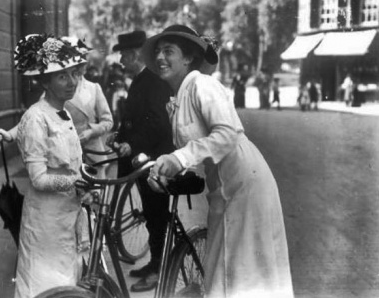Luke Fowler is an artist, filmmaker and musician based in Glasgow. Luke Fowler’s work explores the limits and conventions of biographical and documentary film-making. This has resulted in comparisons with British Free Cinema of the 1950s, which represented a new attitude to film-making that embraced the reality of everyday, contemporary British society. Working with archival footage, photography and sound, Fowler’s filmic montages create portraits of intriguing, counter cultural figures, including Scottish psychiatrist R. D. Laing and English composer Cornelius Cardew.

It is said that there is a fine line between film and photography. In 2006, filmmaker Luke Fowler(1978, Glasgow) borrowed an Olympus Pen F to document his artist residency in Bamburg, Germany. Fowler created the double images by using a half-camera frame, exposing two images in one 35mm frame.
- After developing the first roll, he was struck by the role that chance had played in the resulting diptychs. This signalled the start of a new project, resulting in his book Two-Frame Films: 2006-2012.
- The book addresses the fine line between photography and film, as the photographs, which are reminiscent of film-stills, question the limits of photography as a medium of representation.


- In the introduction Fowler discusses how the idea of ‘in the blink of an eye’ has a different meaning for us as human beings than it does with the camera.
- When we blink and close our eyes, we are blind to the world in that instant.
- By printing two different images alongside one another, he aims to emphasise the momentary nature of a photograph.
The images that are paired together were taken moments apart in some cases, while they were taken at entirely different times in others.
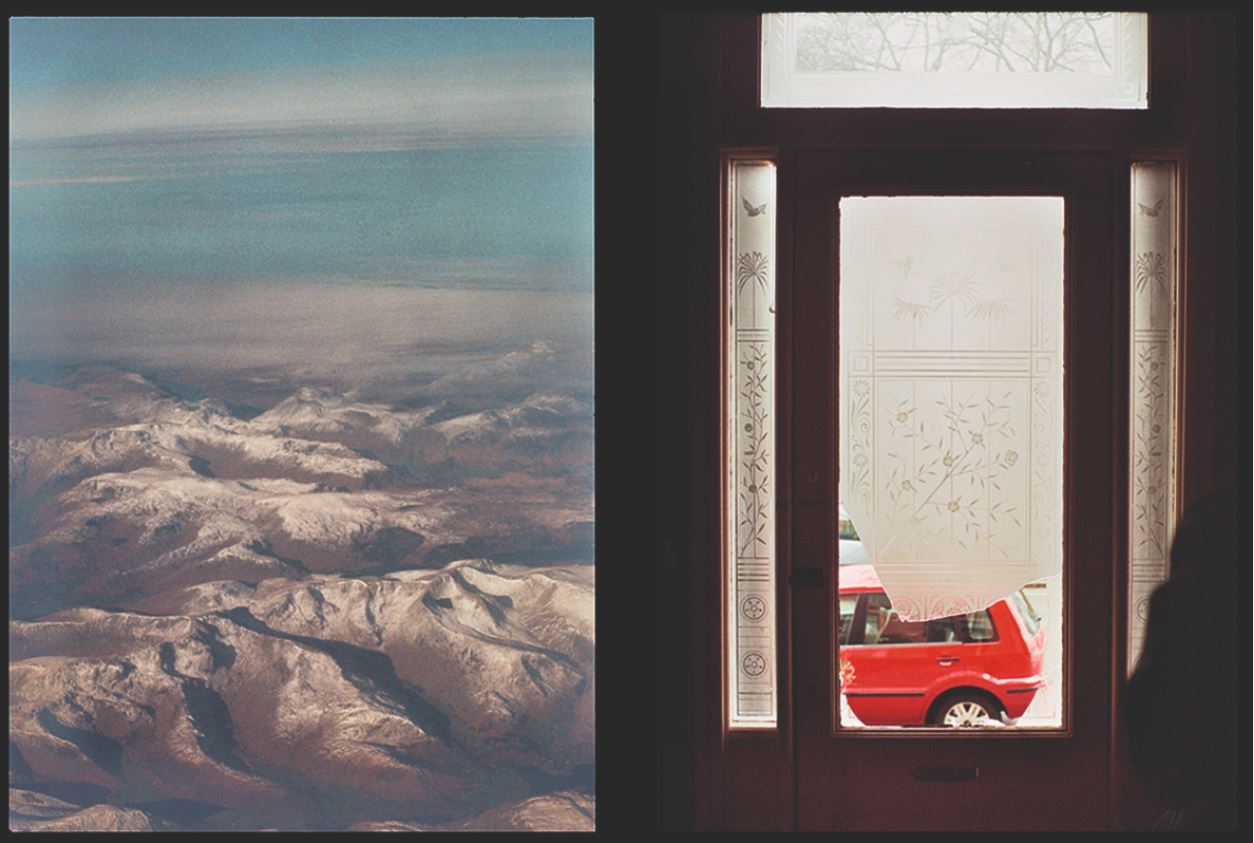
- The way in which he combines the images in Two-Frame Films shows that Fowler is first and foremost a filmmaker, creating a narrative of, and an interaction between, multiple images.
- These new narratives created by the diptychs, question photography’s reliability as a way of documenting ‘real’ life in a single, still frame.
- He shows us how we can create a story, or tell our own story, through combining the chance fragments as exposed by photographs.


What drew me to Luke Fowler was his attention to detail in his photographs and the way he focuses on what others may not notice. In particular his juxtaposition two frame images caught my attention as the two images
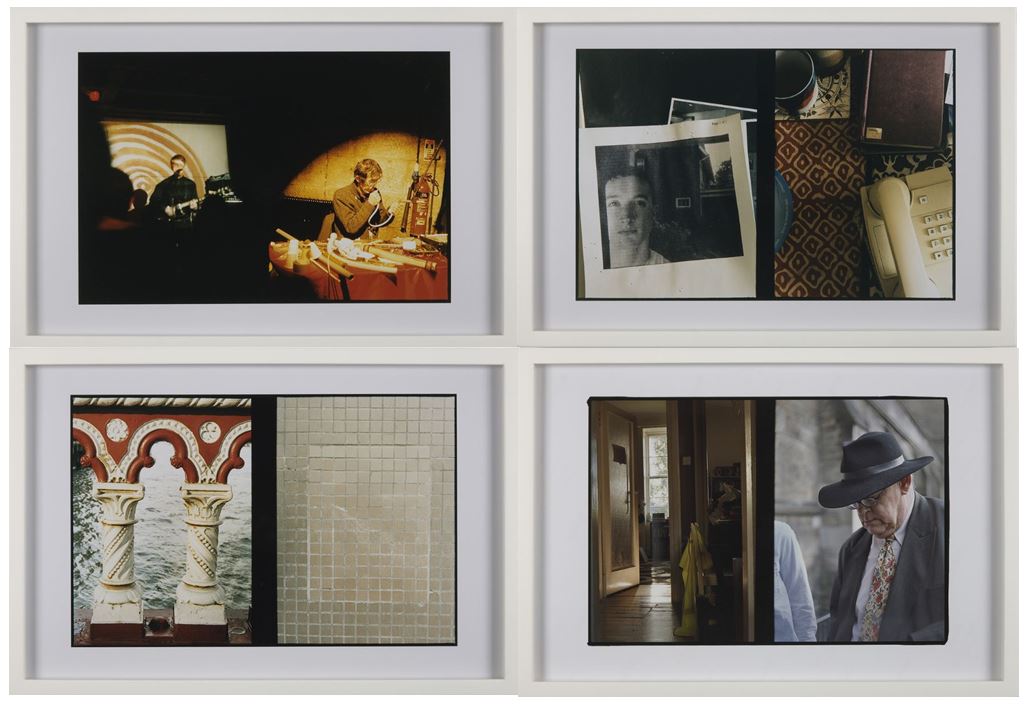
Fowler experimented with different film stocks, subjects and framing, and the images are inextricably linked to his filmmaking as evidenced by the elements of montage, colour and reflectivity that permeate the series. In both still and moving image, Fowler considers how an event might be abstracted by the camera apparatus in a subjective ordering of reality that is emphasised by the dialectic between paired images. The photographs are a means of personally testing the ability of the camera to authentically bear witness to an event, and its fallibility as a medium of representation.
‘Two-Frame Films’:
https://www.themoderninstitute.com/artists/luke-fowler/works/photo-archive-group-1-2006-2009/36/
The link below links to a film, shot on 16mm in Glasgow, shows images of Luke Fowler’s home, studio and neighbourhood along with a commentary in which the Turner Prize nominee describes his working practice.
https://www.tate.org.uk/context-comment/video/turner-prize-2012-luke-fowler







 Originally from France, Ernest Baudoux born 1828 worked in Jersey from 1869 at 11 Craig Street and 51½, 56 and 59 New Street. In 1885 he was joined in business by his son, but two years later they sold out to John Stroud, a young photographer from London, who in turn sold his business, including many of Baudoux’s glass-plate negatives, to Albert Smith.
Originally from France, Ernest Baudoux born 1828 worked in Jersey from 1869 at 11 Craig Street and 51½, 56 and 59 New Street. In 1885 he was joined in business by his son, but two years later they sold out to John Stroud, a young photographer from London, who in turn sold his business, including many of Baudoux’s glass-plate negatives, to Albert Smith.



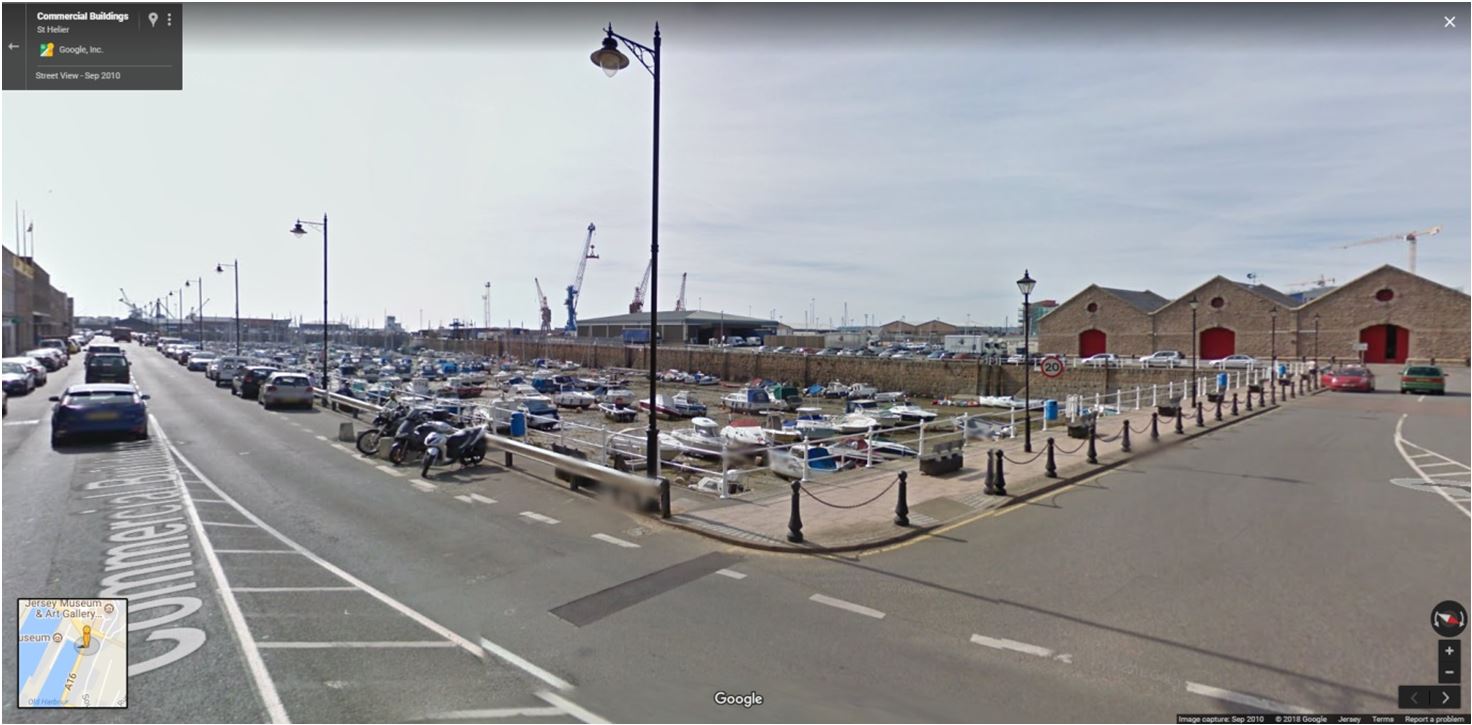

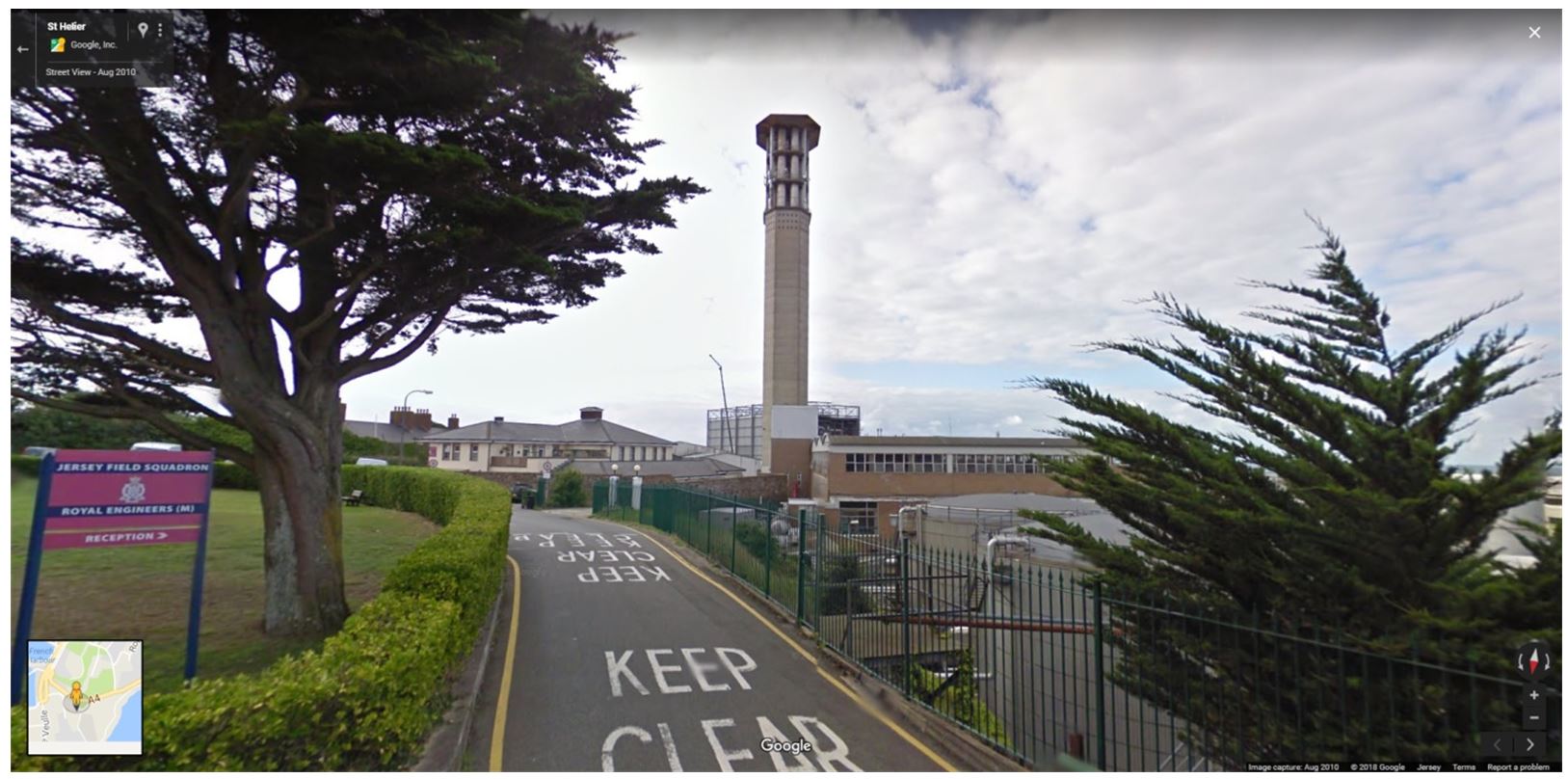

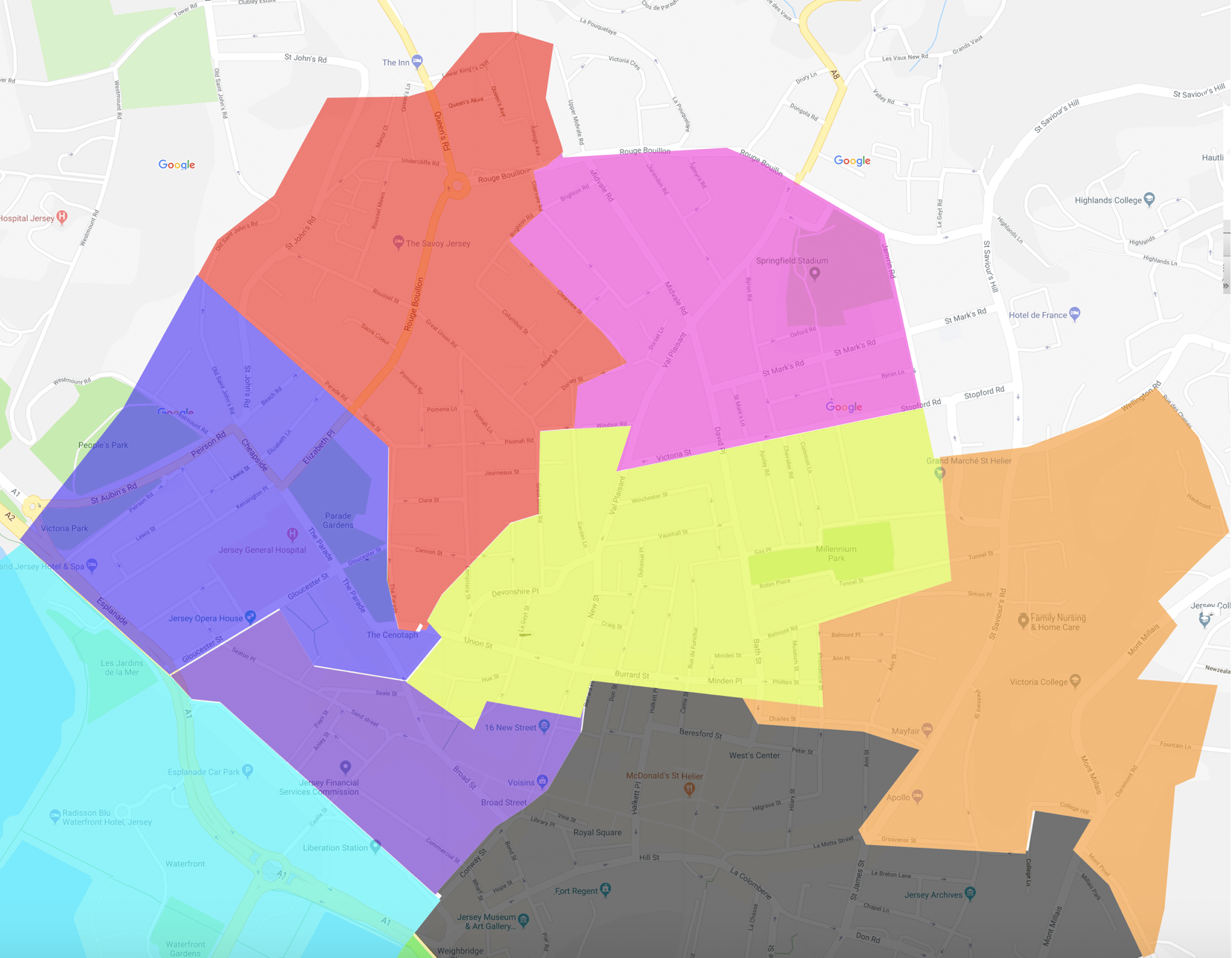
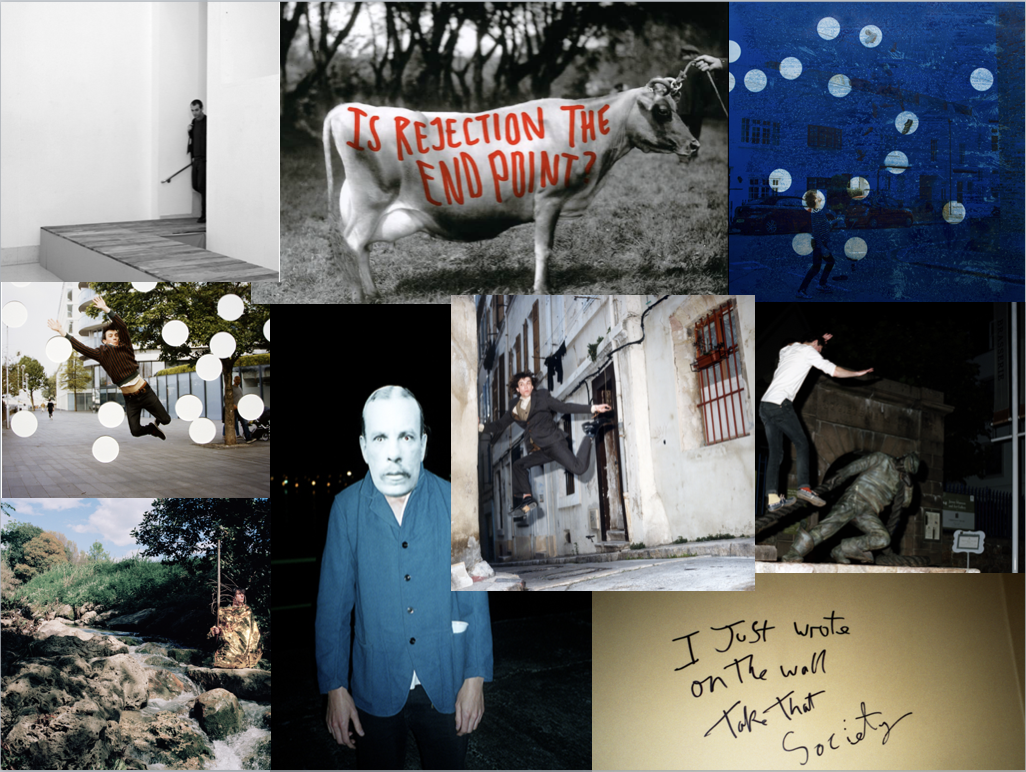
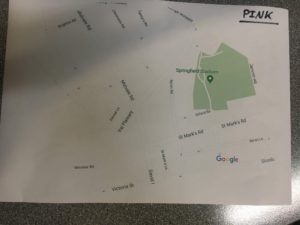
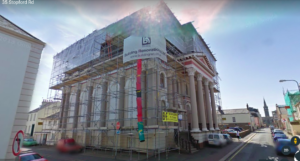
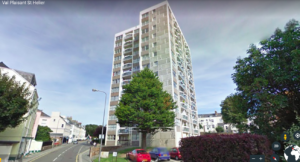

 Michelle Sank is a social demographic photographer who was born in Cape Town, South Africa and lived there until 1987. She takes photos which reflect human condition and can be seen as a style of documentary photography regarding social issues and cultural diversity. She captures, collects and re-tells her encounters with people in certain communities. She is well known for her work with the youth and has various series of photos on this topic. These photos have a sort of coming of age theme where the subjects are dealing with adolescent struggles and trying to find their own identity and place in the world. She allows her subjects to be completely themselves helping their personality show through n the images rather than adapting them to look ‘Normal’. I like the way the subjects look so comfortable and unaffected by the presence of a photographer yet there is also something unnerving about the photos due to how real they are despite being composed and set up.
Michelle Sank is a social demographic photographer who was born in Cape Town, South Africa and lived there until 1987. She takes photos which reflect human condition and can be seen as a style of documentary photography regarding social issues and cultural diversity. She captures, collects and re-tells her encounters with people in certain communities. She is well known for her work with the youth and has various series of photos on this topic. These photos have a sort of coming of age theme where the subjects are dealing with adolescent struggles and trying to find their own identity and place in the world. She allows her subjects to be completely themselves helping their personality show through n the images rather than adapting them to look ‘Normal’. I like the way the subjects look so comfortable and unaffected by the presence of a photographer yet there is also something unnerving about the photos due to how real they are despite being composed and set up.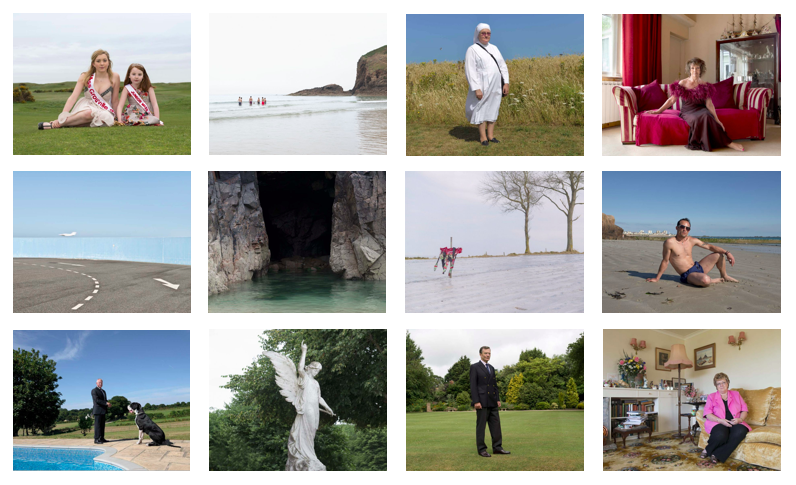
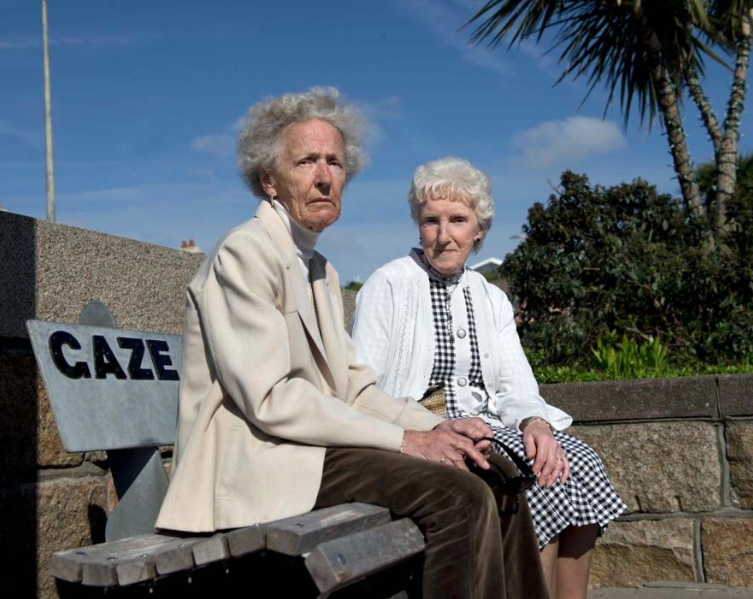
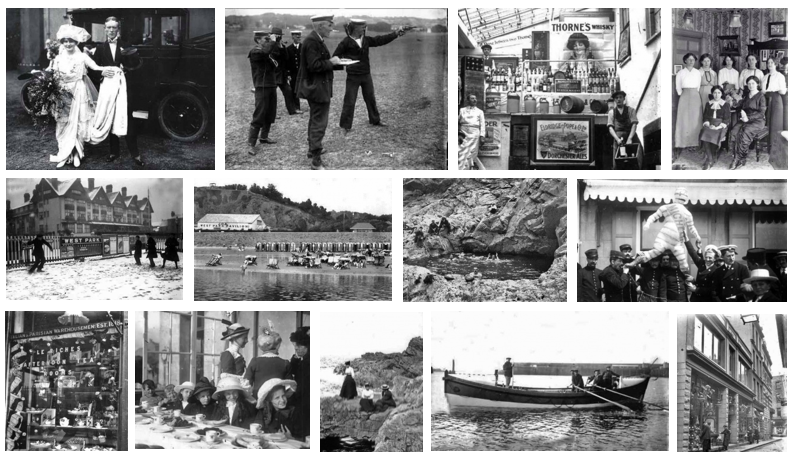 there is very little information about Percival Dunham was before 1911 when he came to the island, so his birth marriage and baptism are unknown. He is known as Jersey’s first photojournalist and took over 1,000 photos during a very brief period (1913-14). He had a photography business at 57 bath street when he arrived in the island and had already taken photos for events such as the Battle Of Flowers. He worked for different local publishers (illustrated weekly and the morning news) and eventually The Evening Post who in the years leading up to the war had not used photographs in their papers. Before Dunham the only photos published in the local papers were portraits or promotional for advertisers. In 1914 he left the island to serve in the 1st world war as a gunner. He survived the war and returned to Jersey, where he had married Miss M Mourant at St Simon’s Church and lived until 1961.
there is very little information about Percival Dunham was before 1911 when he came to the island, so his birth marriage and baptism are unknown. He is known as Jersey’s first photojournalist and took over 1,000 photos during a very brief period (1913-14). He had a photography business at 57 bath street when he arrived in the island and had already taken photos for events such as the Battle Of Flowers. He worked for different local publishers (illustrated weekly and the morning news) and eventually The Evening Post who in the years leading up to the war had not used photographs in their papers. Before Dunham the only photos published in the local papers were portraits or promotional for advertisers. In 1914 he left the island to serve in the 1st world war as a gunner. He survived the war and returned to Jersey, where he had married Miss M Mourant at St Simon’s Church and lived until 1961.